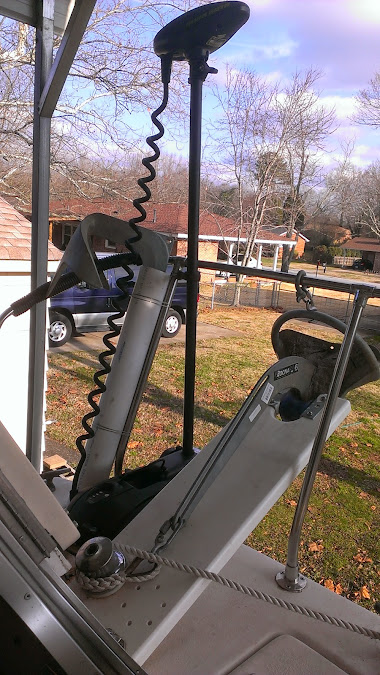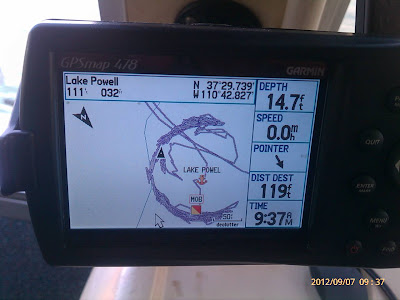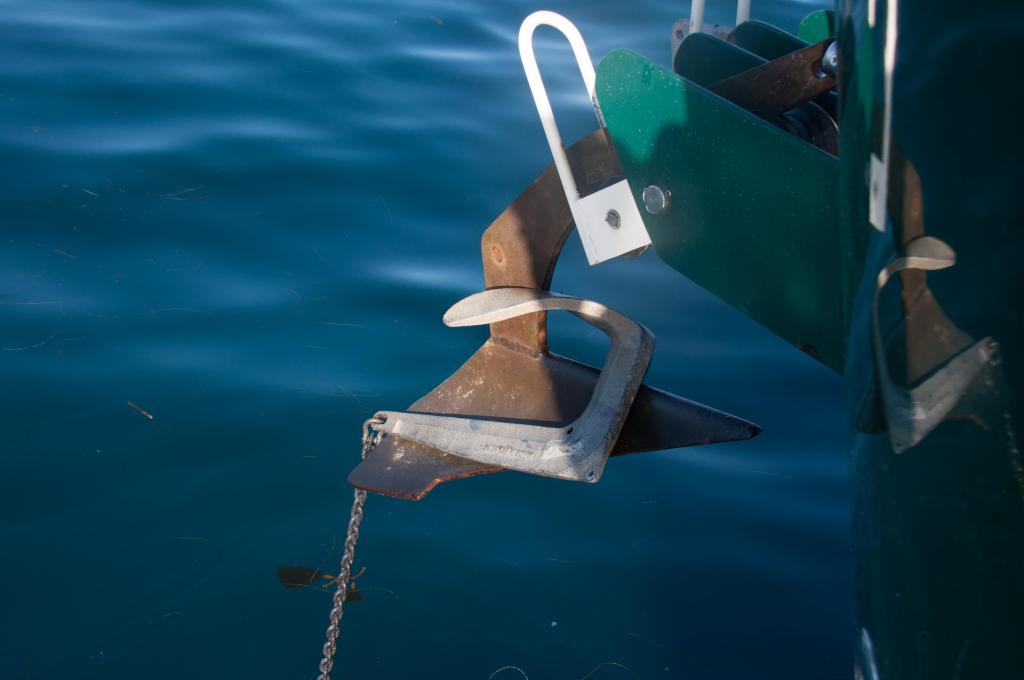Noelex
Veteran Member
Just a word of caution about trip buoys.
If you, or another boat drifts over the buoy it is not unusual for the buoy and line to snag on the rudder, prop, stern ladder etc. If this happens the anchor is being pulled at 1:1 scope from the crown. It takes very little wind for the anchor to start dragging when it attached like this. Don't ask how I know this
My solution is to incorporate a weak link in the trip line. I use a small cable tie which will break with about 15 kg. If you attach the weak link so that it is 1.5-2 m (5-6 feet) below the surface it always seems to break when needed. If your anchor does get stuck there is enough slack in trip line that you can reach the point prior to the weak link and put as much force on the rope as you like.
As a side benefit if anyone tries to pick up your anchor buoy thinking it is a mooring the line will also snap.
If you, or another boat drifts over the buoy it is not unusual for the buoy and line to snag on the rudder, prop, stern ladder etc. If this happens the anchor is being pulled at 1:1 scope from the crown. It takes very little wind for the anchor to start dragging when it attached like this. Don't ask how I know this
My solution is to incorporate a weak link in the trip line. I use a small cable tie which will break with about 15 kg. If you attach the weak link so that it is 1.5-2 m (5-6 feet) below the surface it always seems to break when needed. If your anchor does get stuck there is enough slack in trip line that you can reach the point prior to the weak link and put as much force on the rope as you like.
As a side benefit if anyone tries to pick up your anchor buoy thinking it is a mooring the line will also snap.



